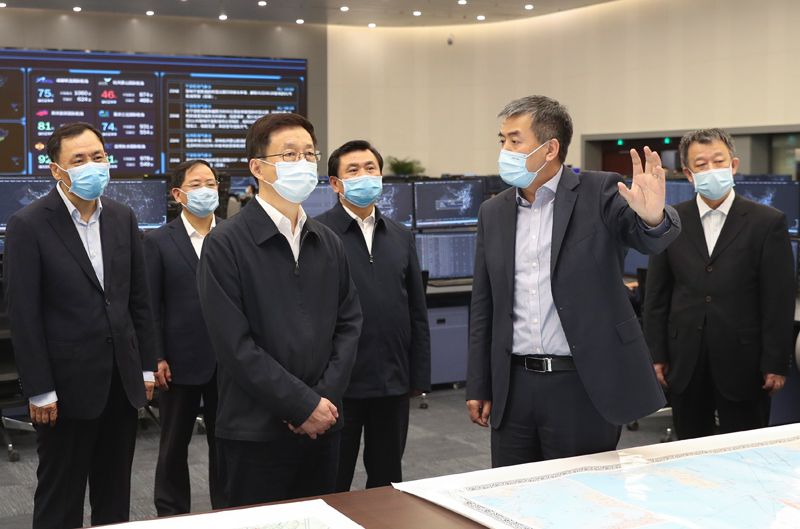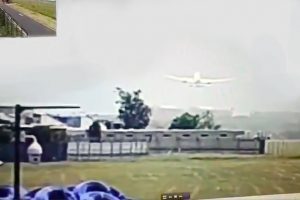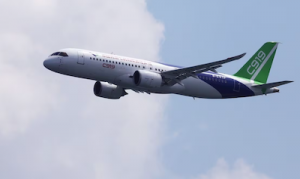(ATF) China has set up a new air traffic management body, which signals the government is looking to open more airspace for civilian flights in a bid to ease the nation’s notorious flight delays.
The new Air Traffic Management Commission is headed by Vice Premier Han Zheng, a member of the Chinese Communist Party’s Political Bureau and Central Committee, according to a report by Xinhua news agency published on the state-owned website.
Creation of the new body could represent one of the biggest reforms of China’s airspace regulations in 35 years.
While the civil aviation industry is growing rapidly, almost 70% of mainland China’s skies are controlled by the military, which gives priority to its own traffic. This has been a key factor in chronic delays at the country’s airports.
Recently, Han Zheng visited the Civil Aviation Administration of China (CAAC)’s Air Traffic Management Bureau and urged related departments to speed up the promotion of China’s air traffic management capabilities, to help make China “a strong aviation country”, Xinhua said.
“We should tackle the weak links in the management, strengthen the financial support, improve equipment and devices, and enhance the air traffic management support system on a full scale,” Han said, the report said.
China’s top air traffic control body was previously the Air Traffic Control Commission (ATCC), which was set up in 1986 under the Central Military Commission in a bid to nurture the nation’s civil aviation industry. Ma Kai, the former Vice Premier overseeing transportation, chaired the ATCC until March 2018.
The new arrangement signals an elevated position for the air traffic management agency – it is now a central government body, while ATCC was a subordinate unit under the Central Military Commission, The Beijing News said.
‘More market-oriented approach’
The renaming of the commission from “air traffic control” into “air traffic management” also indicates a more open and market-oriented approach, some industry observers said.
The deepening of air traffic management reforms is critical to unleashing the large potential of China’s civil aviation market, Li Jun, chairman of China Air Transport Association, said in a recent article.
Li said China’s airspace is about the same size as that of Europe or the US, but civil aviation faces serious congestion issues when traffic volume is only about one-third that of Europe and a quarter that of the US. A key reason is that only less than 30% of the nation’s skies are available to civilian use, while in Europe or the US the percentage is about 90%, he said.
China has carried out several rounds of reforms of the civil aviation industry since 1980 when the CAAC was separated from the air force. But there has not been significant changes to the airspace allocation because of security concerns.
After increasing air traffic capacity through technological upgrades and relocating some military facilities, China’s air cargo turnover has increased from 12.3 billion tonne-kilometres in 2000 to 108.3 billion tonne-kilometres in 2017, ranking only next to the US. (A tonne-kilometre is a unit of measure of freight transport which represents the transport of one tonne of goods over a distance of one kilometre).
Further opening up the airspace is urgent and critical to the development of China’s civil aviation industry, Li said.
China has carried out pilot studies of low-altitude airspace management reforms in regions such as Hunan, Jiangxi and Hainan provinces. The nation has also identified the reform of air traffic management as a priority in its 14th Five Year Plan for years 2021 to 2025, which was released last month.
























